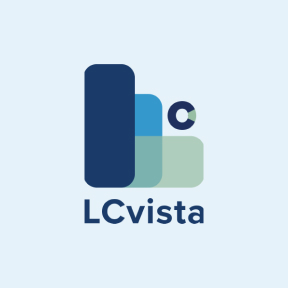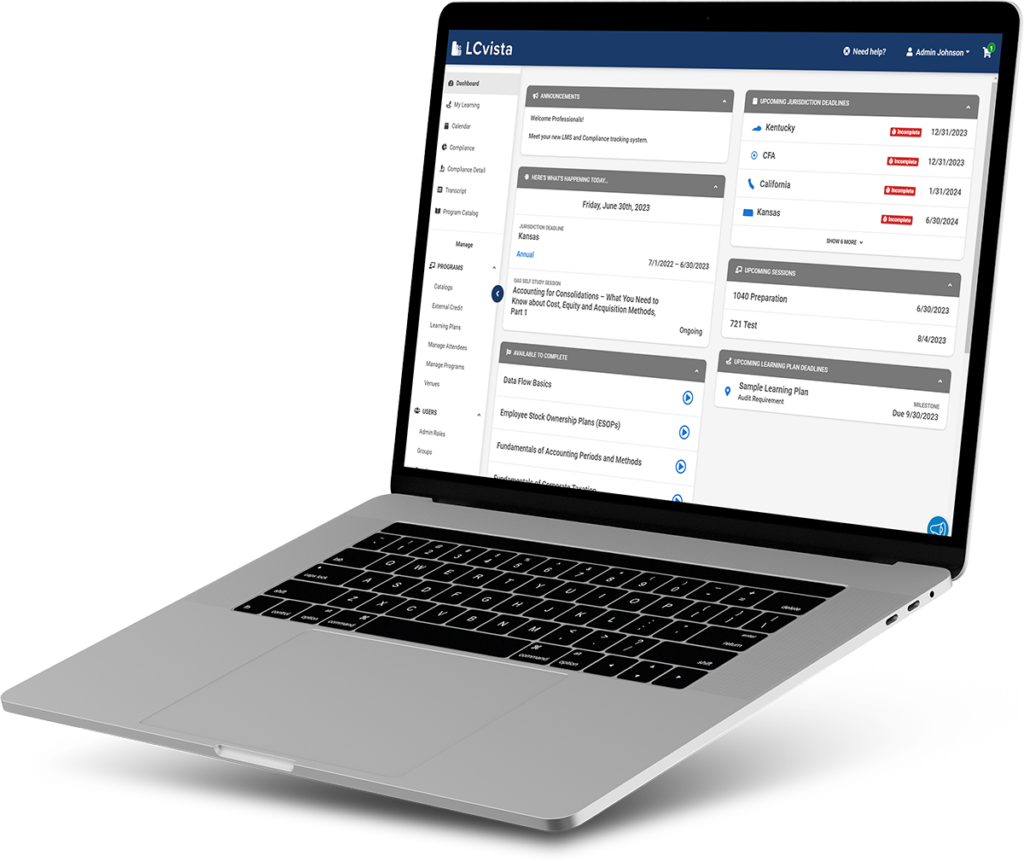
Recently, LCvista’s Learning Management Advisory Group met to discuss the uses and benefits of Learning Plans.
LCvista’s Learning Management Advisory Group is comprised of senior leaders in Learning and Development who meet quarterly to discuss challenges, opportunities, and trends in their roles. The subject of Learning Plans made for an insightful and valuable discussion.
What are Learning Plans?
Depending on your Learning Management System or your organization’s training structure, you may use the term Learning Path, Learning Ladder, Curriculum, Collection, or Learning Track.
Learning Plans allow administrators and instructors to create a collection of organized training programs that are easily accessible to end users. They are customizable in terms of structure, sequence, requirements, timeframe, and milestones for completion, depending on the type of training offered.
Learning Plans allow professionals to complete training incrementally, while also providing a comprehensive overview of all programs that enable them to reach a specified goal.
When are Learning Plans used?
Our clients use Learning Plans for many types of training programs:
- Curriculum
- Skill-based training
- Career-driven training
- Multi-day events
- Onboarding programs
- Required training
- Recurring training
Let’s take a look at a few.
Multi-day Events
Multi-day events, like virtual conferences, are commonly consolidated into Learning Plans and leverage many of its features. For example, a conference-style event can be contained within a timeframe with a set start and end date. It may include a mixture of required sessions, and optional breakout sessions.
A Learning Plan may require full registration. This means that a professional must enroll in all the required sessions before the event takes place. Full registration is beneficial when limited seats are available for a particular session. And, in a time-based event, Learning Plans help to structure the order in which professionals must participate in each event.
Career-driven Training
Learning Plans can be dynamically assigned to professionals based on role, industry, or department, allowing trainers to effectively deliver specialized curriculum.
Further, Learning Plans are useful for organizing training into milestones that require a professional to progressively achieve necessary knowledge, competencies, or skills. Completion of the Learning Plan can result in career advancement and other professional opportunities.
Onboarding
Learning Plans are a useful way to introduce and guide a new employee through the firm’s processes, applications, and required training.
Using this format, an administrator is able to organize and consolidate instructional videos, reference material, and even enforce certain requirements that must be completed in a specified timeframe.
What are the benefits of Learning Plans?
Learning Plans offer a number of advantages because of their flexibility. According to a survey of our Learning Management Advisory Group, the greatest benefit achieved is helping professionals more successfully discover, utilize, and complete relevant training.
Additionally, the Learning Plan structure is so flexible that it allows administrators to use the tool in use cases beyond what we’ve described. Tracking is accessible through the same reporting source, which benefits administrators, coaches, and managers alike.
Final Thoughts
Learning Plans are an effective way to organize and deliver content in an easily accessible way to firm professionals. The possibilities are endless whether you are looking to build a structured collection of guided training, or a development plan for career advancement.
Ultimately, Learning Plans can help deliver better training results by saving both the administrator time in the creation process, and saving the professional time by providing ease of use.





